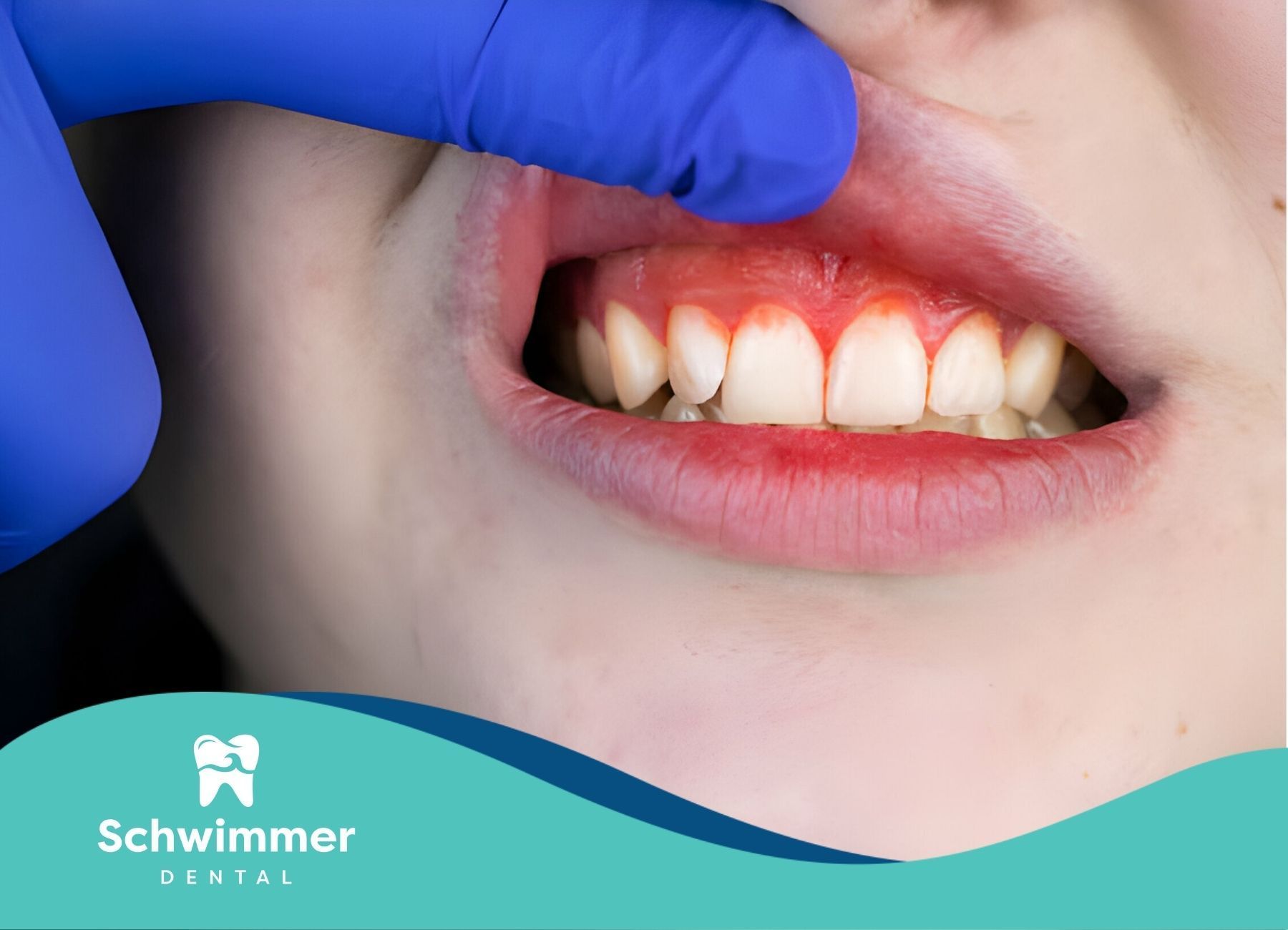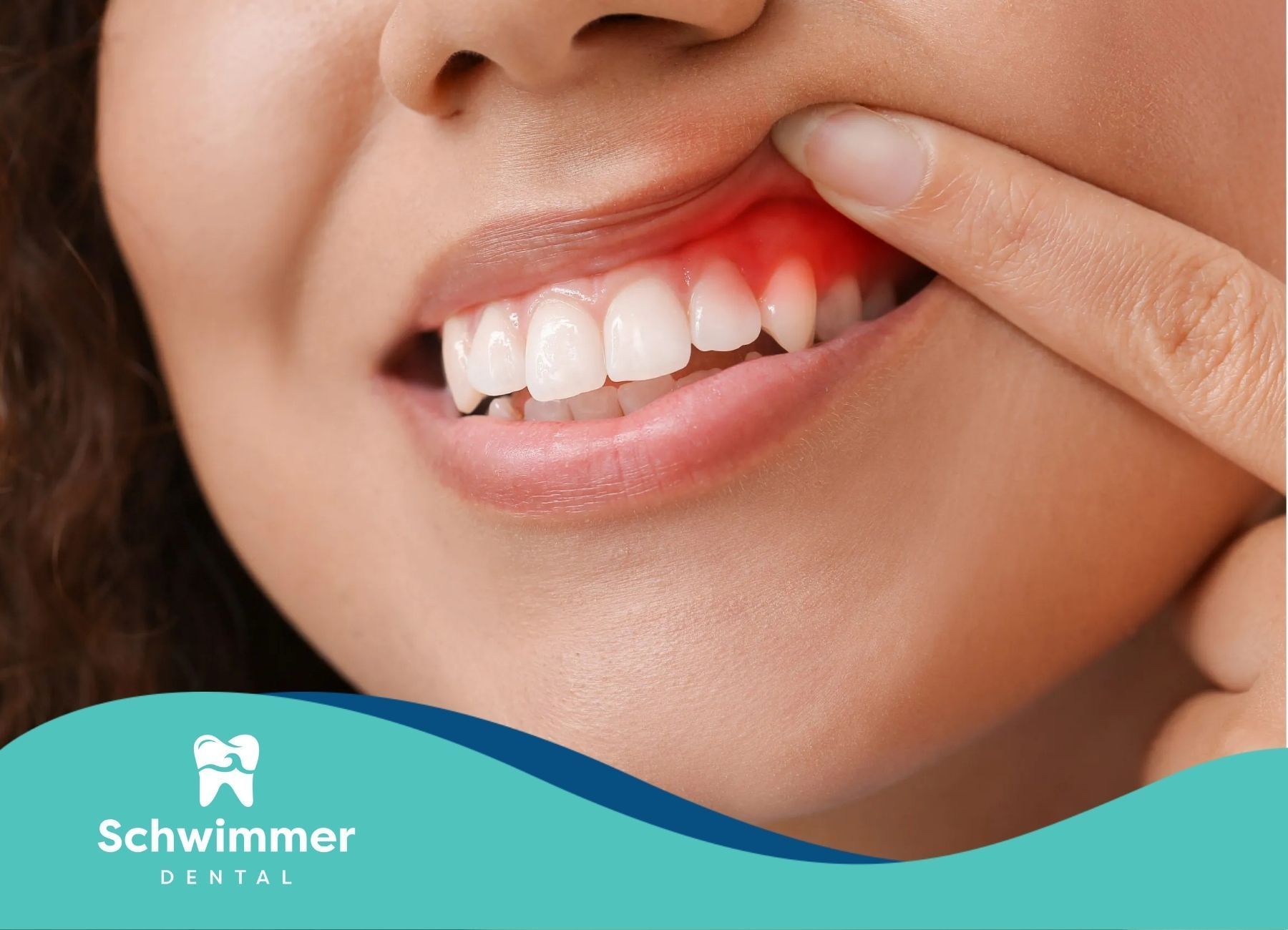A Parents Ultimate Overview on Dental Sealants for Children
Understanding Tooth Decay
Tooth decay isn't just some tiny problem. It's a big deal for kids everywhere. Here, we'll chew over what causes it and the serious ways it messes with young ones' lives.
Causes of Tooth Decay
Tooth decay starts when plaque – that grimy film you could live without – takes over your teeth. What fuels this sticky business? A bunch of things, like:
- Sloppy Brushing Habits:
Skipping the brush and floss dance leaves plaque room to grow and get comfy, leading to cavities.
- Sugar Overload:
Too many sweet treats and sugary drinks invite bacteria to throw an acid party, wearing down those pearly whites.
- Running Low on Fluoride:
This stuff's a tooth's best friend for defense and repair. Without it, teeth are sitting ducks for decay.
- Teeth with Groovy Valleys: Some teeth, like molars, have grooves deep enough to host a whole heap of food and germs, raising the cavity stakes.
| Cause of Tooth Decay | What's Up With That? |
|---|---|
| Sloppy Brushing Habits | Not enough brushing or flossing |
| Sugar Overload | Sugary snacks invite bacteria to attack |
| Running Low on Fluoride | Weak teeth more prone to decay |
| Teeth with Groovy Valleys | Grooves that keep food around too long |
For diving deeper into kids’ tooth trouble, see our piece on pediatric dental cavities.
Impact of Tooth Decay on Children
Decay’s not just about sore teeth. It throws a curveball at kids' lives, like:
- Ouch, That Hurts!: Cavities can cause loads of pain, making life a real bummer.
- Eating's No Fun: Ouchy teeth make munching miserable, messing with how kids get their vitamins.
- Speech Snags: Bad decay can make talking tricky, affecting how they speak and eat.
- Confidence Crash:
When teeth don’t look their best, kids might feel awkward, hitting their self-esteem hard.
- Dental Dramas: More dental visits mean more anxiety and stress about facing the dreaded dentist's chair.
If tooth decay lingers untreated, it leads to long-lasting harm. Parents play a pivotal role, doing their best to ensure kids clean well and meet that nice dentist regularly. For extra tidbits, pop into our section on kid-friendly dental care or browse children's oral hygiene tips to keep those smiles bright.
Getting a grip on what causes and how tooth decay acts helps parents step up and shield their kids' toothy grins.
Importance of Dental Sealants
Dental sealants are like little dental shields, perfect for keeping your kid's teeth happy and cavity-free. They're a barrier that blocks tooth decay and are a game-changer in keeping those pearly whites in tip-top shape.
Benefits of Dental Sealants
Oh, the good stuff that dental sealants bring! These clever plastic coats put a solid stop to cavities, having your child's back when it comes to tooth troubles. Research shows that sealants slam the door on about 80% of cavities for the first couple of years after you get them done, making them a solid pick for kids between six and eleven.
Also, these sealants do a great job protecting molars, cutting decay risks by around 80%. This
protection is super important from ages six to fourteen, a time when cavities pop up like uninvited guests in those shiny new permanent molars and premolars.
| Benefit of Sealants | Description |
|---|---|
| Cavity Prevention | Stops 80% of cavities for two years post-application. |
| Risk Reduction | Cuts down decay risks in molars significantly. |
| Cost-Effective | Saves money by reducing the need for pricey fillings. |
| Quick Application | Quick and easy—usually wrapped up in one dental visit. |
Effectiveness of Dental Sealants
Dental sealants are seriously effective, backed by loads of data. Kids with sealants score fewer cavities, especially in their hard-working molars. They aren't just for the little ones—adults can hop on this protective bandwagon too, especially if they've got teeth with those sneaky little grooves where bacteria have a party.
They’re a straightforward ticket to keeping young teeth from turning into a dentist's next filling session. Getting those sealants on during regular oral care means parents are setting up their kiddos for fewer dental dramas down the line.
Application of Dental Sealants
Dental sealants are like raincoats for teeth, shielding them from the storm of decay. Knowing how these sealants are put on and when they should be applied helps parents keep their kids' smiles healthy and bright.
Procedure for Applying Sealants
Getting dental sealants is as easy as pie and just about as painless. Here's the lowdown on how it's done:
- Cleaning the Tooth:
First, the dentist gives the tooth a good scrub to clear off any gunk like plaque and food bits.
- Preparing the Tooth:
After cleaning, the tooth gets dried off, and then a special solution is dabbed on to make the surface a bit gritty. This makes sure the sealant sticks like peanut butter on bread.
- Application of Sealant:
Then, the dentist paints the liquid sealant onto all those little grooves and divots in the tooth.
- Curing the Sealant:
A special light may zoom in to harden the sealant so it clings tight to the tooth.
- Final Check: Once everything's set, the dentist checks to ensure there are no bumps, smoothing things out if needed.
This whole process is quicker than you'd think, taking just minutes per tooth, usually squeezed into a regular dental visit.
Ideal Age for Sealant Application
Sealants work best if you catch 'em early. It's generally advised that kiddos get sealants when their permanent molars and premolars start making an appearance—anywhere between age six and fourteen. Here's a quick look at the best times to seal them up:
| Age | Teeth to Seal |
|---|---|
| 6 | First permanent molars |
| 11-14 | Second permanent molars |
Getting those chompers sealed while they're still new on the scene really slashes the chance of cavities during the tricky ages of 6 to 14. Kids without sealants are three times more likely to end up with tooth decay compared to their sealant-wearing friends. So, acting fast with sealants is a great long-term strategy that can keep both teeth and wallets happy.
For any parent wanting their child to have a superstar smile, these insights make it easier to make the right call on preventive dental care. Don’t miss our other articles on child-friendly dental care and children’s oral hygiene tips for a deeper dive into keeping those teeth in tip-top shape.
Longevity of Dental Sealants
For parents trying to shield their kiddos' teeth from pokey little intruders known as cavities, dental sealants are like a superhero with a fantastic cape. Let’s explore how long these protective wonders stick around and how to know when they're past their prime.
Durability of Sealants
Dental sealants are those knight-in-shining-armor types for children's teeth, especially those molars. Think of them as the cool jackets for teeth, keeping them safe from harm. These helpers can hang around for up to 9 years, though they've got the spotlight shining on them in the first two years. As years go by, their magic starts to wear off a bit, especially after the fourth year. Check out this handy guide:
| Time Period | Sealant Effectiveness |
|---|---|
| First 2 years | Most effective |
| Year 3 & 4 | Still doing their job |
| Year 5 and beyond | Could use a boost |
Usually, these trusty shields last from 3 to 10 years before asking for a replacement audition. Regular dentist visits help keep an eye on them, and your friendly dentist is the best person to decide when it's time to get new sealants.
Monitoring Sealant Effectiveness
Popping by the dentist’s office now and then is more than just saying hi. These visits check whether your kid’s tooth armor is still on duty or if it needs a little fixing. A quick look can catch any wear and tear, chips, or looseness.
According to our pals at the CDC, sealants have superpowers strong enough to fend off 80% of molar cavities. That’s no small feat! Kids without these little champs are about three times more likely to encounter their first molar cavity monsters than those with sealants.
Parents can also play a role by guiding their kids in keeping those teeth squeaky clean. Encourage habits like proper brushing and flossing – adding more oomph to the fight against cavities.
Cracking the secret code on how long dental sealants last and keeping tabs on them gives parents the power to be superheroes in their kids' dental care. It's all about fewer cavity monsters and more healthy, sparkly smiles all around!
Cost and Accessibility
Getting the money part sorted out when you're thinking about dental sealants for your kids can save both your wallet and their teeth from a world of hurt.
Cost of Dental Sealants
So, how much are these sealants gonna set you back? You're looking at about $30 to $60 for each tiny chomper, which is peanuts compared to fixing up a cavity. If you've ever had to cough up for a cavity filling, you know this is where the serious dollar savings come in. Plus, kids usually don't fuss too much over the process— it's painless and quick to boot.
| Type of Service | Average Cost Per Tooth |
|---|---|
| Dental Sealants | $30 - $60 |
| Filling a Cavity | More expensive than Sealants |
What's great is that these sealants are like little cost warriors protecting those pearly whites. Studies show kids without them end up with nearly three times the cavities compared to their more savvy 'sealed' peers.
Insurance Coverage for Sealants
Most insurance folk get it and will cover sealants under general plans, which makes them even easier on the budget. Some discount plans might also chop the price down further, so access to these nifty dental deflectors is within reach. By letting insurance handle the tab for sealants, you dodge future wallet-draining dental work that's more on the invasive side.
All things considered, opting for dental sealants is about being smart with money and ensuring a happy dental future for kids. With a nearly 80% success rate at fending off tooth decay in molars, it's no brainer.
Safety and Considerations
When thinking about dental sealants for kids, knowing how safe they are and what's involved in using them is a big deal for parents and caregivers.
Safety of Dental Sealants
Dental sealants are like tiny superheroes for your kid's teeth, great at keeping cavities at bay. They act as a shield over the molars, which are usually the tooth troublemakers because of their tricky grooves. According to the Centers for Disease Control and Prevention (CDC), sealants can slash the chance of molar decay by up to 80%.
Now, there are whispers about weird chemicals like bisphenol A (BPA) in sealants being toxic. But fret not! Studies have shown that BPA levels in sealants are way lower than what's found in other materials used for fixing teeth. So, the scary stories about sealants just don’t hold up.
| Safety Aspect | Details |
|---|---|
| How Well They Work | Can chop down decay risk by nearly 80% |
| BPA Worries | Levels are much lower than in other tooth treatments |
| Side Effects | No solid proof of any bad stuff |
Considerations for Sealant Application
Before jumping into the sealant game, check out a few things:
- Right Age to Start: Kids should get sealants on their molars right after they pop out, around ages 6, 12, and 18. This timing helps fight cavities when they're most likely to pop up.
- Current Tooth Health: If your kiddo's had a bunch of cavities before or might get them easily, sealants could be super handy. Reports show kids without sealants have nearly three times more cavities than those with them.
- Keeping Tabs on Them: With the right care, sealants can stick around for five to ten years. However, regular dental visits are a must to ensure they're still doing their job. Make sure the kiddos are brushing right and getting regular check-ups to keep those pearly whites in tip-top shape. Check out our oral hygiene tips for kids.
- Cost and Insurance Matters: Get a grip on what dental sealants cost and whether your insurance picks up the tab. Chat with your dentist to make sure it fits everybody’s budget.
To wrap it up, dental sealants are a safe bet for keeping cavities away from your kids' teeth, especially when used at the right age and looked after properly.



